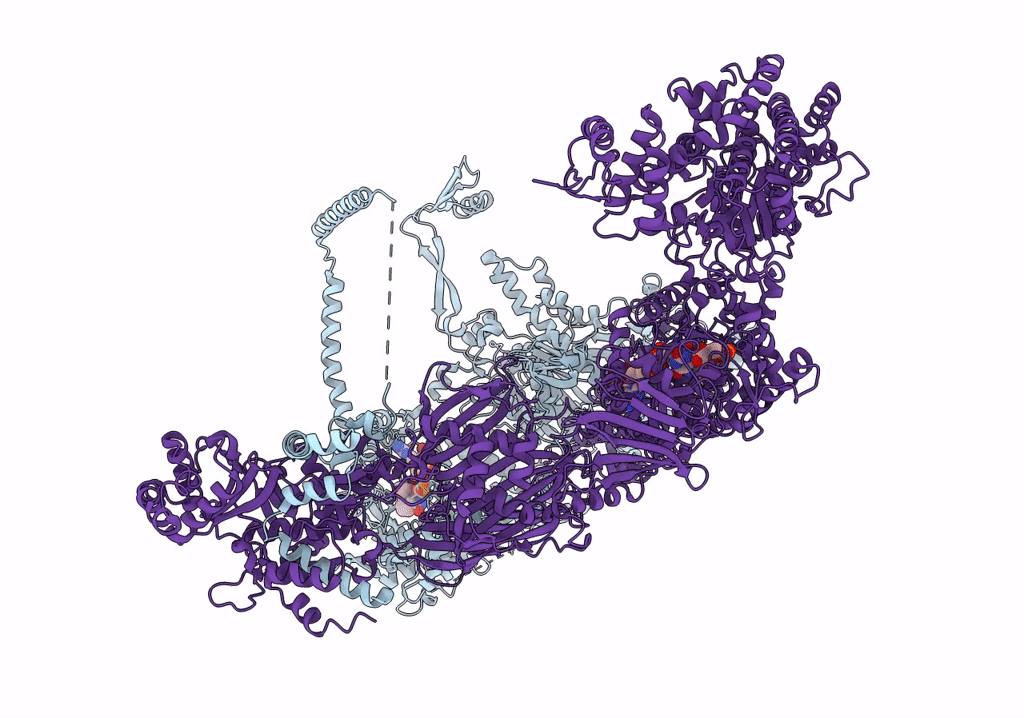
Deposition Date
2019-08-28
Release Date
2019-10-16
Last Version Date
2024-03-20
Entry Detail
PDB ID:
6U5W
Keywords:
Title:
Electron cryomicroscopy structure of C. albicans FAS in the KS-stalled state
Biological Source:
Source Organism:
Candida albicans (Taxon ID: 5476)
Method Details:
Experimental Method:
Resolution:
3.30 Å
Aggregation State:
PARTICLE
Reconstruction Method:
SINGLE PARTICLE


